- Assessing the Growth of Your Gooseberry Bush
- 1. Age of the Bush
- 2. Overall Size of the Bush
- 3. Density of Branches
- 4. Health of the Bush
- 5. Fruit Production
- Choosing the Right Tools for Pruning
- 1. Pruning Shears
- 2. Pruning Saw
- 3. Loppers
- 4. Gloves
- Understanding the Different Types of Pruning Cuts
- 1. Heading Cuts
- 2. Thinning Cuts
- 3. Pinching
- 4. Renewal Pruning
- Pruning in the Winter for Optimal Fruit Production
- Why Winter Pruning?
- Steps for Winter Pruning
- Additional Tips
- Removing Dead, Diseased, and Damaged Branches
- 1. Inspect the Gooseberry Bush
- 2. Gather the Necessary Tools
- 3. Remove Dead Branches
- 4. Prune Diseased Branches
- 5. Eliminate Damaged Branches
- 6. Dispose of Debris and Clean Tools
- Promoting Air Circulation and Sunlight Penetration
- Encouraging New Growth and Fruiting Spur Development
- Pruning Young Gooseberry Plants for Form and Structure
- 1. Prune in the Dormant Season
- 2. Remove Weak, Dead, or Damaged Wood
- 3. Shape the Plant
- 4. Prune for Good Air Circulation
- 5. Maintain a Sucker-free Base
- 6. Clean and Disinfect Pruning Tools
- Question-answer:
- When is the best time to prune gooseberries?
- Why should I prune my gooseberries?
- How should I prune gooseberries for large berries?
- Can I prune gooseberries in the summer?
- What tools do I need to prune gooseberries?
- How often should I prune my gooseberries?
- What should I do with the pruned branches?
- Video: How to Prune Raspberries for BIGGER Harvests!
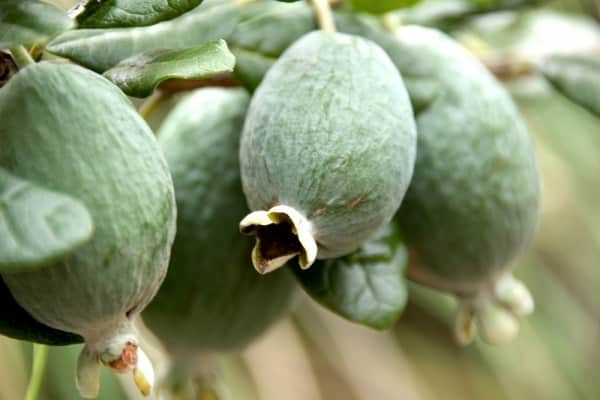
If you’re a fan of gooseberries and want to grow them in your own garden, you may be wondering how to prune them to ensure the largest, sweetest berries possible. Pruning is an essential part of gooseberry care, as it helps to promote healthy growth and maximize fruit production. In this comprehensive guide, we’ll walk you through the steps of pruning gooseberries to get the best results.
Before we dive into the specifics of pruning, it’s important to understand why it’s necessary. Gooseberries can become overcrowded with branches, which can lead to poor air circulation and increased risk of disease. Additionally, overcrowding can result in small, inferior berries. Pruning helps to thin out the branches, creating an open canopy that allows for better air circulation and sunlight penetration.
When it comes to pruning gooseberries, timing is crucial. It’s best to prune them during the dormant season, typically in late winter or early spring, before new growth begins. This is when the plants are least susceptible to damage and the branches are easier to see and work with. Pruning during this time also allows the plants to focus their energy on producing new growth and developing larger berries.
There are several key steps to follow when pruning gooseberries. First, remove any dead, damaged, or diseased branches. These can be identified by their lack of foliage, discoloration, or obvious signs of disease. Removing these branches not only improves the overall appearance of the plant, but also helps prevent the spread of disease.
Assessing the Growth of Your Gooseberry Bush
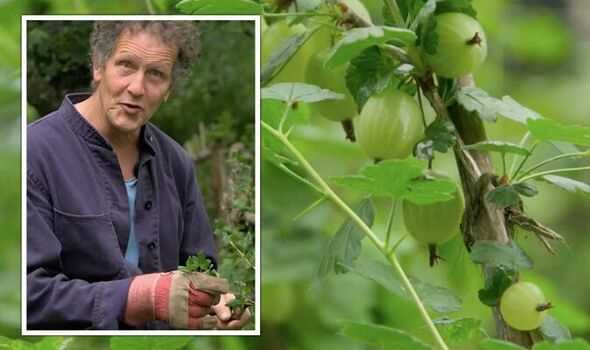

Before you begin pruning your gooseberry bush, it’s important to assess its current growth. This will help you determine which branches to remove and which ones to keep to promote the growth of larger berries. Here are some key factors to consider:
1. Age of the Bush
The age of your gooseberry bush will affect its growth and productivity. Young bushes may still be establishing their roots and may not produce as many berries as older, more established bushes. It’s important to take the age of your bush into account when pruning.
2. Overall Size of the Bush
Take a look at the overall size of your gooseberry bush. Is it tall and sprawling, or more compact? Larger bushes may require more pruning to maintain a manageable size and allow sunlight to reach all parts of the plant.
3. Density of Branches
Assess the density of branches on your gooseberry bush. Is it thick and crowded, or sparse and open? Ideally, you want a balance of branches to promote airflow and sunlight penetration. Dense branches can lead to increased disease risk and smaller berries.
4. Health of the Bush
Examining the health of your gooseberry bush is crucial. Look for signs of disease or pest damage, such as yellowing leaves, wilting branches, or insect infestations. Pruning away diseased or damaged branches will help prevent further spread and promote healthier growth.
5. Fruit Production
Finally, consider the fruit production of your gooseberry bush. Are you satisfied with the amount and size of the berries it produces? If not, pruning can help redirect the plant’s energy towards fewer but larger berries.
By carefully assessing these aspects of your gooseberry bush’s growth, you’ll be able to make informed decisions about how and where to prune to maximize the size and quantity of your berries.
Choosing the Right Tools for Pruning
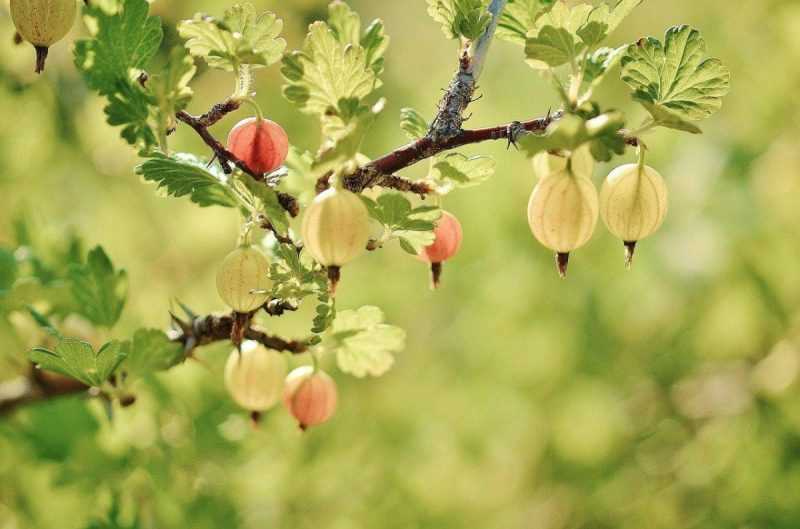

1. Pruning Shears
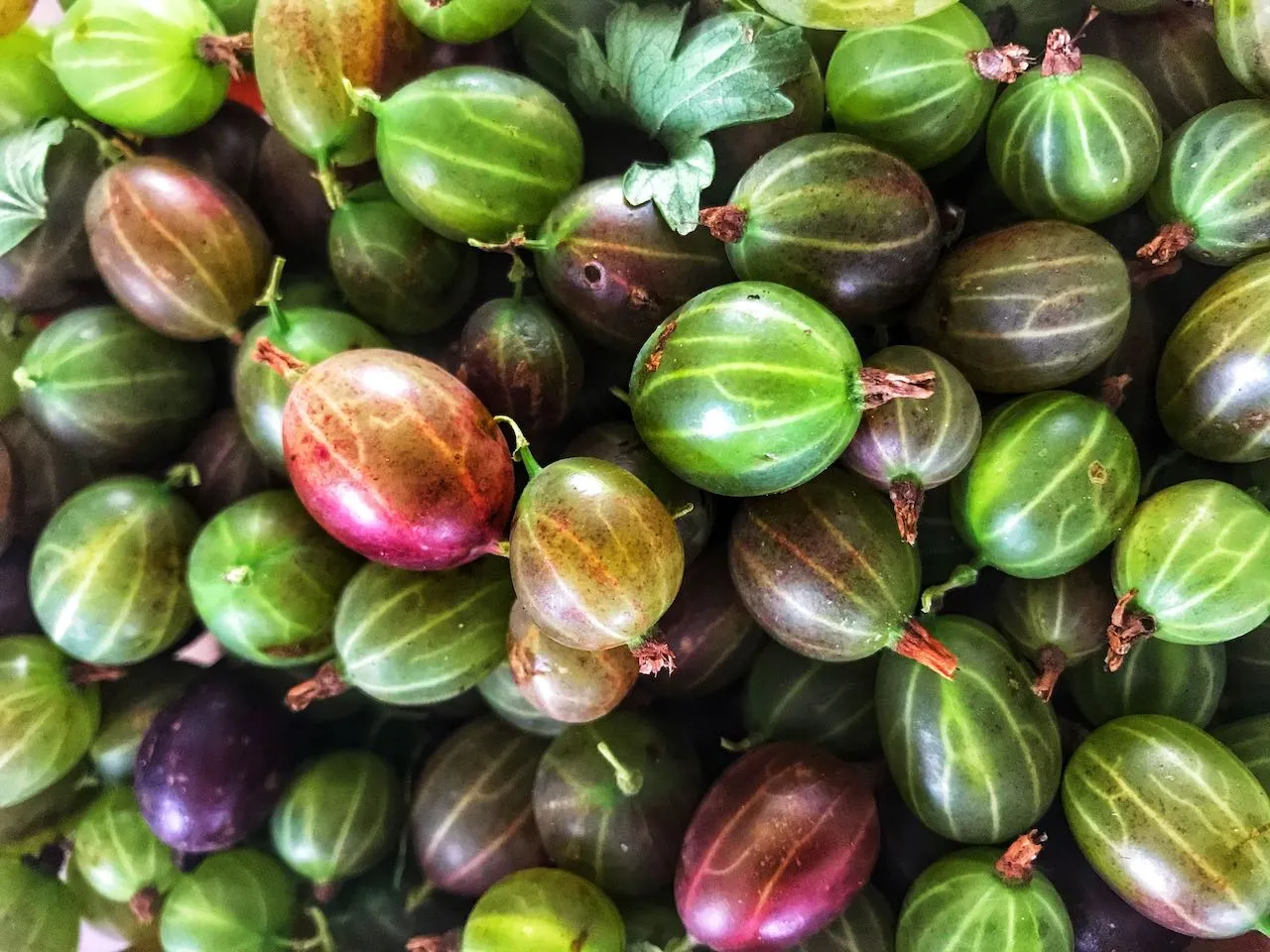

Pruning shears are an essential tool for pruning gooseberries. They are designed to make clean cuts and are easy to handle. Look for a pair with a sharp blade and a comfortable grip. It is important to keep your pruning shears clean and sharp to ensure optimal cutting performance.
2. Pruning Saw
A pruning saw can be used for larger branches that cannot be easily cut with pruning shears. Look for a saw with a sharp blade and a comfortable handle. It is important to use proper technique when using a pruning saw to avoid injury and to make clean cuts.
3. Loppers
Loppers are a handy tool for pruning larger branches that are too thick for pruning shears but not quite large enough for a pruning saw. Loppers have long handles and a scissor-like cutting mechanism that can easily cut through branches up to a certain diameter. Look for loppers with a sharp blade and a comfortable grip.
4. Gloves
Gloves are an important tool for protecting your hands while pruning gooseberries. Choose a pair of gloves that are comfortable and provide good grip. Look for gloves that are made of a durable material such as leather or synthetic leather. It is important to wear gloves to protect your hands from thorns and other potential injuries while pruning.
Understanding the Different Types of Pruning Cuts
Pruning is an essential task in maintaining healthy and productive gooseberry plants. There are different types of pruning cuts that you should be familiar with in order to properly shape your gooseberry bushes and promote optimal fruit production. Let’s take a look at these different types of pruning cuts:
1. Heading Cuts


- A heading cut is a pruning cut made above a bud or branch junction, typically at a 45-degree angle.
- Heading cuts are used to reduce the length of the branches, encourage branching, and promote overall plant vigor.
- It is recommended to make heading cuts just above an outward-facing bud to encourage an open, spreading growth habit.
2. Thinning Cuts
- A thinning cut involves removing an entire branch or stem back to its point of origin.
- Thinning cuts are used to remove overcrowded or diseased branches, improve air circulation within the plant, and allow more light to reach the inner parts of the bush.
- When making thinning cuts, be sure to cut just above the branch collar to avoid damaging the remaining trunk or stem.
3. Pinching
- Pinching involves the removal of the soft, growing tip of a branch or stem by pinching it off with your fingers or using pruners.
- Pinching helps to promote bushier growth and control the overall height of the gooseberry bush.
- It is recommended to pinch back the tips of the main branches during early summer to stimulate lateral growth and increase fruiting potential.
4. Renewal Pruning
- Renewal pruning is a more drastic type of pruning that involves removing older, unproductive wood to rejuvenate the plant.
- This type of pruning is typically done during the dormant season, when the plant is not actively growing.
- To perform renewal pruning, remove about one-third of the oldest branches at ground level, making sure to choose branches that are crossed, diseased, or damaged.
By understanding and practicing these different types of pruning cuts, you can maintain healthy and productive gooseberry plants that will reward you with large, delicious berries. Remember to always use clean and sharpened tools, and make clean cuts to minimize the risk of infection or disease. Happy pruning!
Pruning in the Winter for Optimal Fruit Production
Pruning your gooseberry bushes in the winter is an essential step in ensuring optimal fruit production. By properly pruning your plants, you can promote healthy growth, increase berry size, and improve overall plant vigor.
Why Winter Pruning?
- Winter pruning is ideal for gooseberries because the plants are dormant during this time. Pruning when the plants are dormant minimizes stress and allows for better healing of the wounds.
- It is easier to see the plant’s structure in the winter when the foliage is gone, making it easier to identify and remove unwanted growth.
- Winter pruning allows you to shape the plant and control its size, making it more manageable and promoting better air circulation.
Steps for Winter Pruning


- Gather your tools: Before you begin pruning, make sure you have the necessary tools, including pruning shears, loppers, and a pruning saw.
- Remove dead and damaged wood: Start by cutting out any dead or diseased wood. This helps prevent the spread of diseases and allows more energy to be focused on healthy growth.
- Thin out crowded branches: Remove any branches that are crossing or rubbing against each other. This helps improve air circulation and reduces the chances of disease.
- Prune for shape and size: Prune back any long or leggy branches to encourage bushier growth. Keep in mind that gooseberries bear fruit on younger wood, so it’s important to maintain a balance between new growth and established branches.
- Remove old branches: Gooseberry bushes tend to produce the best fruit on 2-3-year-old wood. Remove any branches older than this to promote new growth and optimal fruit production.
Additional Tips
- Sanitize your tools: Before and after pruning, make sure to sanitize your tools with a solution of 10 parts water to 1 part bleach. This helps prevent the spread of diseases.
- Clean up and dispose of prunings: After pruning, remove and dispose of all prunings to prevent the accumulation of diseased or pest-infested material.
- Apply a balanced fertilizer: After pruning, apply a balanced fertilizer to provide your gooseberry bushes with the nutrients they need for optimal growth and fruit production.
| Mistake | Consequences |
|---|---|
| Over-pruning | Can lead to reduced fruit production and weak plant growth. |
| Pruning too late | May result in delayed or reduced fruit production. |
| Not sanitizing tools | Increases the risk of disease transmission. |
| Not removing old wood | Can lead to reduced fruit production and overall plant vigor. |
Removing Dead, Diseased, and Damaged Branches
Pruning gooseberries is an essential task to ensure healthy growth and a bountiful harvest. One crucial step in the pruning process is the removal of dead, diseased, and damaged branches. This helps improve air circulation and prevents the spread of diseases or pests. Here’s how to identify and remove these branches:
1. Inspect the Gooseberry Bush
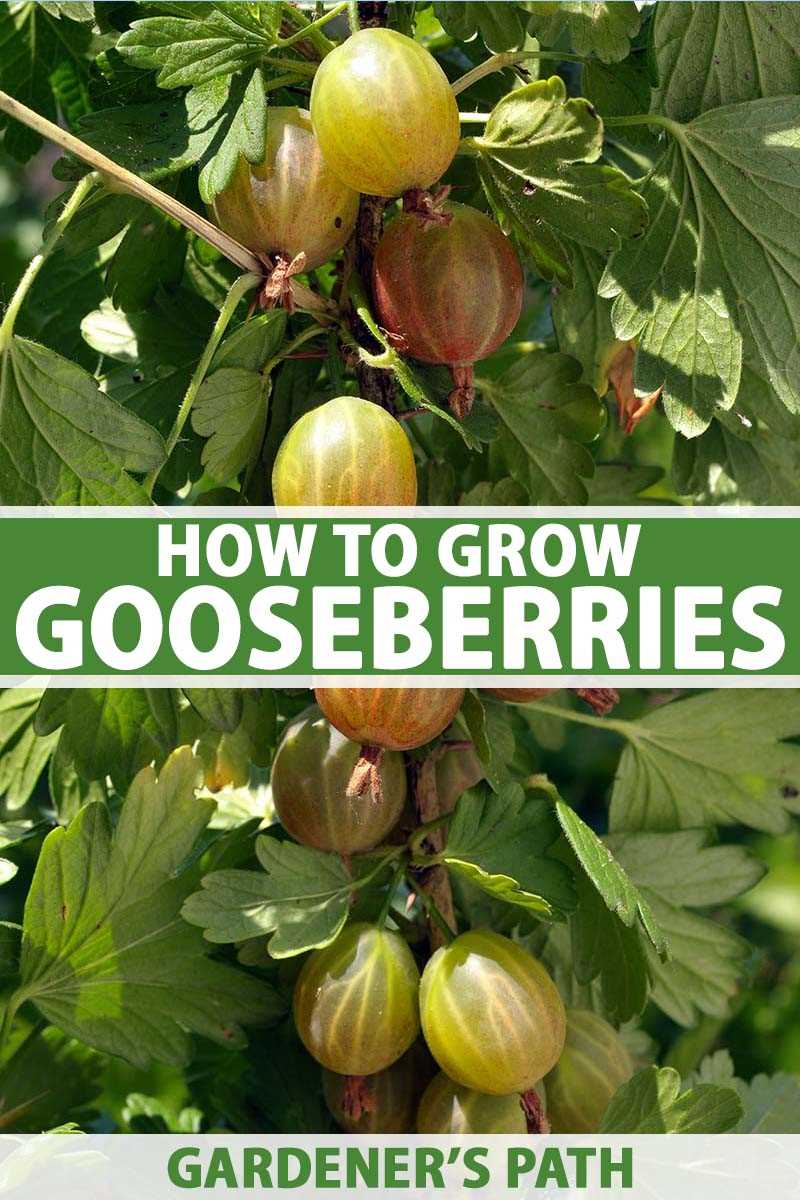

Start by carefully examining the gooseberry bush for any branches that are dead, diseased, or damaged. These branches will typically appear brown, withered, or broken. It’s essential to remove them promptly to prevent further issues.
2. Gather the Necessary Tools
Before you begin pruning, gather the necessary tools, including sharp bypass pruners, sterilizing solution, and gloves. This will help ensure a clean cut and prevent the spread of diseases between plants.
3. Remove Dead Branches
Using your bypass pruners, make a clean cut just above the healthy bud or lateral branch. Remove the entire dead branch, making sure not to leave any stubs behind. Dispose of the removed branches away from the garden to prevent the spread of diseases or pests.
4. Prune Diseased Branches
If you come across branches showing signs of disease, such as discoloration, lesions, or wilting leaves, it’s important to prune them as well. Make sure to cut at least 6 inches below the affected area to ensure complete removal of the diseased tissue.
5. Eliminate Damaged Branches
Inspect the gooseberry bush for any branches that have been damaged by pests, animals, or severe weather conditions. These branches may have broken or split ends. Use your bypass pruners to remove the damaged portion of the branch, ensuring a clean cut close to a healthy bud or lateral branch.
6. Dispose of Debris and Clean Tools
After removing the dead, diseased, and damaged branches, gather and dispose of the debris away from the garden. This will help prevent the spread of any pests or diseases. Additionally, clean your pruning tools with a sterilizing solution to ensure they are free from any potential contaminants.
By regularly inspecting and removing dead, diseased, and damaged branches from your gooseberry bush, you can promote its overall health and productivity. Remember to prune during the dormant season and avoid removing more than one-third of the plant’s total growth.
Promoting Air Circulation and Sunlight Penetration
Promoting air circulation and sunlight penetration is crucial for the health and productivity of your gooseberry plants. Good air circulation helps prevent the development of fungal diseases, while sunlight penetration ensures that the berries receive adequate light for optimal growth and ripening.
To promote air circulation and sunlight penetration, follow these steps:
- Thin out excessive growth: Remove any excessive branches or shoots that are close together or crossing over each other. This will create more space for air to circulate and allow sunlight to reach the inner parts of the plant.
- Prune overcrowded areas: Identify areas of the plant that are overcrowded with shoots. Remove some of the extra shoots to reduce congestion and create open spaces for air and light to penetrate.
- Remove dead or diseased branches: Dead or diseased branches not only hinder air circulation but can also spread diseases to healthy parts of the plant. Remove them promptly to improve overall plant health.
- Prune for an open center: Focus on creating an open-centered bush by removing the oldest branches from the center of the plant. This will allow air and light to penetrate from multiple angles, reducing humidity and improving overall berry quality.
- Avoid excessive pruning: While it is important to prune for air circulation and sunlight penetration, avoid excessive pruning as it can stress the plant and reduce berry production. Aim to maintain a balance and remove only what is necessary.
Remember to clean your pruning tools before and after each use to prevent the spread of diseases. Also, avoid pruning during rainy or frosty periods, as this can increase the risk of infection and damage to the plant.
Encouraging New Growth and Fruiting Spur Development
Pruning plays a crucial role in encouraging new growth and fruiting spur development in gooseberries. Here are some tips to help you achieve the best results:
- Prune during the dormant season: It is best to prune gooseberries during late winter or early spring while the plants are still dormant. This allows them to recover and initiate new growth once the growing season begins.
- Remove old and unproductive wood: Start by identifying and removing any old or unproductive wood. Look for branches that are weak, damaged, or diseased. Cut them back to the base or to healthy outward-facing buds.
- Thin out congested branches: Gooseberry bushes can become crowded with branches, which can limit air circulation and sunlight penetration. Thin out congested branches by selectively removing some of them. Aim to create an open and well-spaced canopy.
- Promote new growth from the base: To encourage new growth and rejuvenate the bush, prune some of the old branches back to the base. This stimulates the development of new shoots from the roots and promotes a healthier overall structure.
- Encourage fruiting spur development: Fruit is produced on short, stubby shoots known as fruiting spurs. To encourage the formation of these spurs, selectively prune branches to about 1/3 of their length. This stimulates the growth of new, fruiting wood.
- Prune for shape: As you prune, keep in mind the desired shape for your gooseberry bush. Aim for an open center with a balanced distribution of branches. This allows for better air circulation and light penetration, reducing the risk of disease and promoting optimal fruit production.
Remember, pruning is an ongoing process that should be done annually to maintain the health and productivity of your gooseberry bushes. Regular pruning, combined with proper care and maintenance, will help you achieve large, flavorful berries.
Pruning Young Gooseberry Plants for Form and Structure
Pruning is an essential task for maintaining the health and productivity of young gooseberry plants. By removing unwanted growth and shaping the plant, you can promote better air circulation, prevent diseases, and ensure the production of large, flavorful berries. Here are some tips on how to prune young gooseberry plants for form and structure:
1. Prune in the Dormant Season
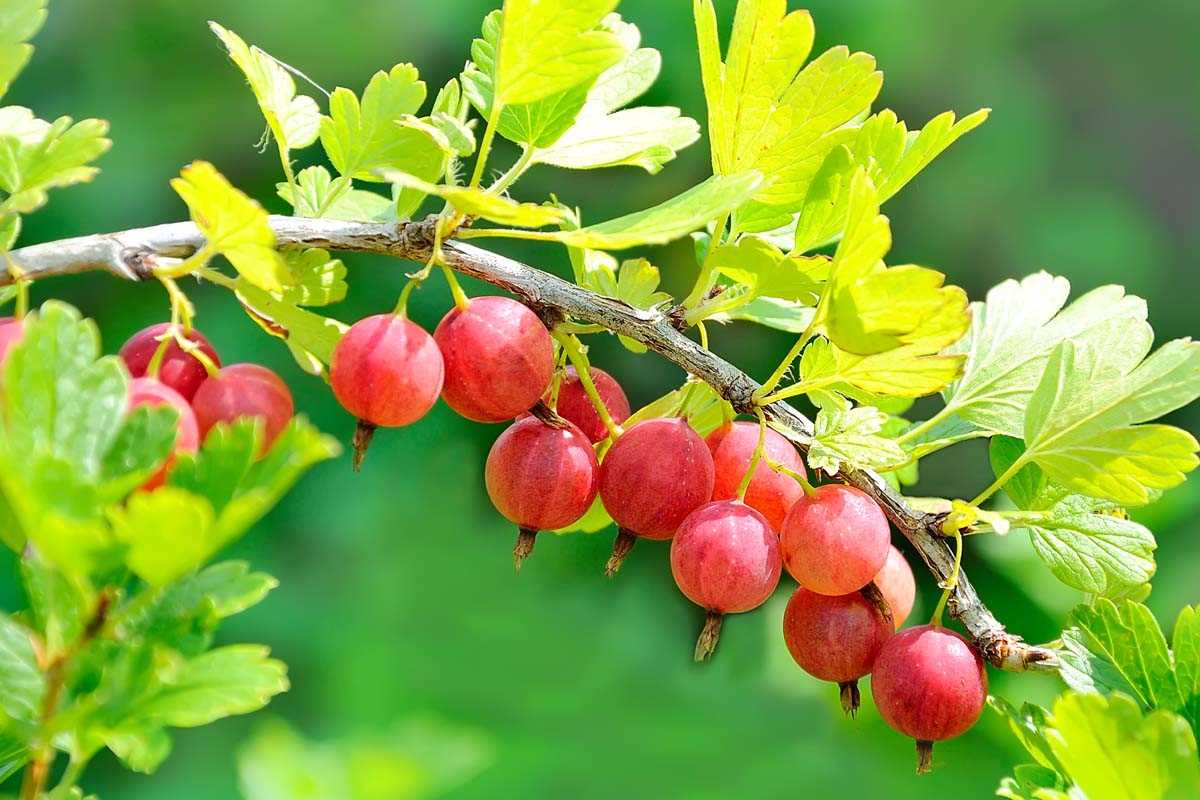

The best time to prune young gooseberry plants is in late winter or early spring, during the dormant season. This allows you to have a clear view of the plant’s structure and make accurate cuts without causing damage. It is important to prune before the buds start to break open.
2. Remove Weak, Dead, or Damaged Wood
Start by removing any weak, dead, or damaged wood. Use sharp pruning shears to make clean cuts at the base of the branch or stem. Removing this unwanted growth will help redirect the plant’s energy to the healthy parts, encouraging new growth.
3. Shape the Plant
To promote a balanced and open structure, shape the young gooseberry plant by removing any crossing or rubbing branches. Look for branches that grow towards the center of the plant or cross each other, as they can hinder air circulation and harbor pests and diseases. Cut these branches back to their point of origin, making sure to leave a stub of the branch collar.
4. Prune for Good Air Circulation
Proper air circulation is crucial for preventing fungal diseases in gooseberry plants. Trim back any branches that are overcrowded or touching each other to allow air to flow through the plant. This will reduce humidity and minimize the risk of diseases such as powdery mildew.
5. Maintain a Sucker-free Base
Young gooseberry plants tend to produce suckers, which are shoots that grow from the base of the plant. These suckers can divert energy from the main plant and affect its overall health. Regularly remove any suckers that emerge at the base, cutting them as close to the ground as possible.
6. Clean and Disinfect Pruning Tools


After each pruning session, it is important to clean and disinfect your pruning tools to prevent the spread of diseases. Wipe the blades with a cloth soaked in rubbing alcohol or a disinfectant solution, then dry them thoroughly before storing.
- Prune in the dormant season
- Remove weak, dead, or damaged wood
- Shape the plant
- Prune for good air circulation
- Maintain a sucker-free base
- Clean and disinfect pruning tools
Question-answer:
When is the best time to prune gooseberries?
The best time to prune gooseberries is in late winter or early spring, before the new growth starts.
Why should I prune my gooseberries?
Pruning your gooseberries is important for promoting healthy growth, improving air circulation, and increasing fruit production.
How should I prune gooseberries for large berries?
To prune gooseberries for large berries, start by removing any dead or damaged wood. Then, thin out the branches to allow better air circulation. Finally, shorten the remaining branches to about 6-8 inches in length.
Can I prune gooseberries in the summer?
It is not recommended to prune gooseberries in the summer as it can affect fruit production. It is best to prune them in the late winter or early spring.
What tools do I need to prune gooseberries?
To prune gooseberries, you will need a pair of sharp pruning shears or secateurs to cut through the branches, as well as a pair of gloves to protect your hands.
How often should I prune my gooseberries?
Gooseberries should be pruned annually, ideally in late winter or early spring, to maintain their health and productivity.
What should I do with the pruned branches?
After pruning, you can dispose of the pruned branches by either composting them or cutting them into smaller pieces and adding them to your mulch pile.







